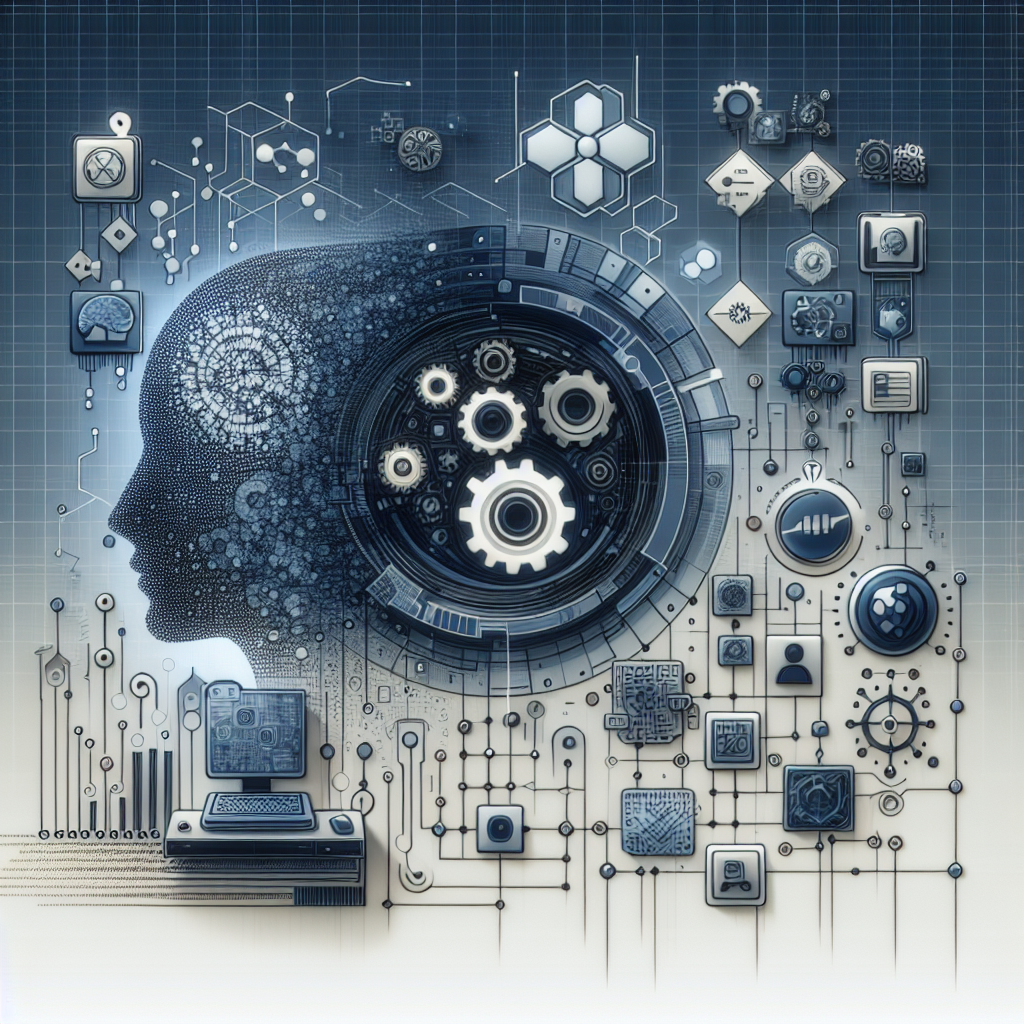Natural Language Processing (NLP) is a subfield of artificial intelligence that focuses on the interaction between computers and human language. It involves the development of algorithms and models that enable computers to understand, interpret, and generate human language. NLP has a wide range of applications, including chatbots, sentiment analysis, machine translation, and text summarization.
There are several NLP tools and technologies available that can help developers build powerful NLP applications. In this article, we will discuss some of the top NLP tools and technologies that are widely used in the industry.
1. NLTK (Natural Language Toolkit): NLTK is a leading platform for building Python programs to work with human language data. It provides easy-to-use interfaces to over 50 corpora and lexical resources such as WordNet. NLTK also includes a suite of text processing libraries for tasks such as tokenization, stemming, and part-of-speech tagging.
2. SpaCy: SpaCy is a popular NLP library for Python that is designed for production use. It provides pre-trained models for various NLP tasks, including named entity recognition, part-of-speech tagging, and dependency parsing. SpaCy is known for its speed and efficiency, making it a great choice for building high-performance NLP applications.
3. Gensim: Gensim is an open-source library for topic modeling and document similarity analysis. It provides efficient implementations of popular algorithms such as Latent Semantic Analysis (LSA) and Latent Dirichlet Allocation (LDA). Gensim is widely used for tasks such as document clustering, semantic search, and text summarization.
4. Stanford CoreNLP: Stanford CoreNLP is a Java-based NLP toolkit developed by Stanford University. It provides a wide range of NLP tools, including named entity recognition, sentiment analysis, and coreference resolution. Stanford CoreNLP is known for its accuracy and robustness, making it a popular choice for research and development projects.
5. Transformers: Transformers is a state-of-the-art library developed by Hugging Face for building deep learning models for NLP tasks. It provides pre-trained models such as BERT, GPT, and RoBERTa that achieve state-of-the-art performance on various NLP benchmarks. Transformers is widely used for tasks such as text classification, question answering, and language generation.
6. OpenNLP: OpenNLP is an Apache project that provides a suite of NLP tools for tasks such as tokenization, sentence segmentation, and named entity recognition. It includes pre-trained models for multiple languages and is known for its scalability and extensibility. OpenNLP is widely used in production environments for building NLP applications at scale.
7. TextBlob: TextBlob is a simple and easy-to-use NLP library for Python. It provides a high-level API for common NLP tasks such as sentiment analysis, part-of-speech tagging, and noun phrase extraction. TextBlob is built on top of NLTK and Pattern, making it a great choice for beginners and small-scale projects.
8. AllenNLP: AllenNLP is a powerful NLP library developed by the Allen Institute for Artificial Intelligence. It provides a modular and extensible framework for building deep learning models for NLP tasks. AllenNLP includes pre-built modules for tasks such as machine reading comprehension, semantic role labeling, and text generation.
9. Apache OpenNLP: Apache OpenNLP is an open-source library for NLP tasks like tokenization, sentence segmentation, part-of-speech tagging, named entity recognition, chunking, parsing, and co-reference resolution. It provides pre-trained models for multiple languages and is known for its scalability and performance.
10. IBM Watson NLP: IBM Watson NLP is a cloud-based NLP service that provides a range of NLP capabilities, including sentiment analysis, entity extraction, and concept tagging. It uses advanced machine learning algorithms to analyze and interpret text data, making it a powerful tool for building NLP applications.
In conclusion, there are several NLP tools and technologies available that can help developers build powerful NLP applications. Each tool has its own strengths and weaknesses, so it’s important to choose the right tool based on the specific requirements of your project. Whether you’re a beginner looking to get started with NLP or an experienced developer working on a large-scale NLP project, there is a tool out there that can help you achieve your goals.
**FAQs**
1. What is Natural Language Processing (NLP)?
Natural Language Processing (NLP) is a subfield of artificial intelligence that focuses on the interaction between computers and human language. It involves the development of algorithms and models that enable computers to understand, interpret, and generate human language.
2. What are some common NLP tasks?
Some common NLP tasks include text classification, sentiment analysis, named entity recognition, part-of-speech tagging, machine translation, and text summarization.
3. What are some popular NLP tools and technologies?
Some popular NLP tools and technologies include NLTK, SpaCy, Gensim, Stanford CoreNLP, Transformers, OpenNLP, TextBlob, AllenNLP, and IBM Watson NLP.
4. How can I get started with NLP?
To get started with NLP, you can choose a tool or library that best fits your needs and start experimenting with sample datasets. There are also many online courses and tutorials available that can help you learn the basics of NLP.
5. What are some real-world applications of NLP?
NLP has a wide range of applications, including chatbots, sentiment analysis, machine translation, text summarization, and information extraction. NLP is used in industries such as healthcare, finance, marketing, and customer service to automate tasks and gain insights from text data.

